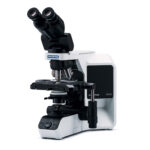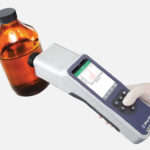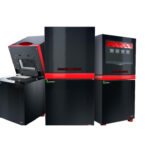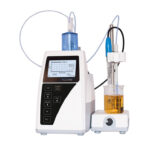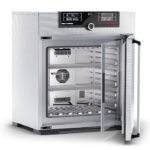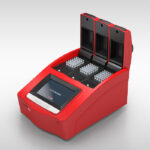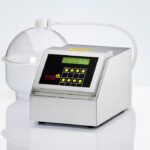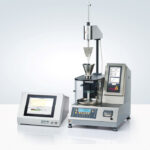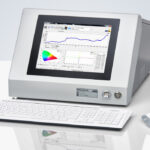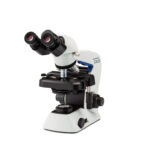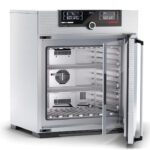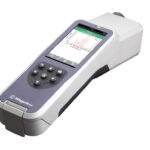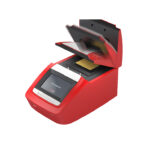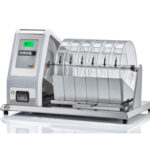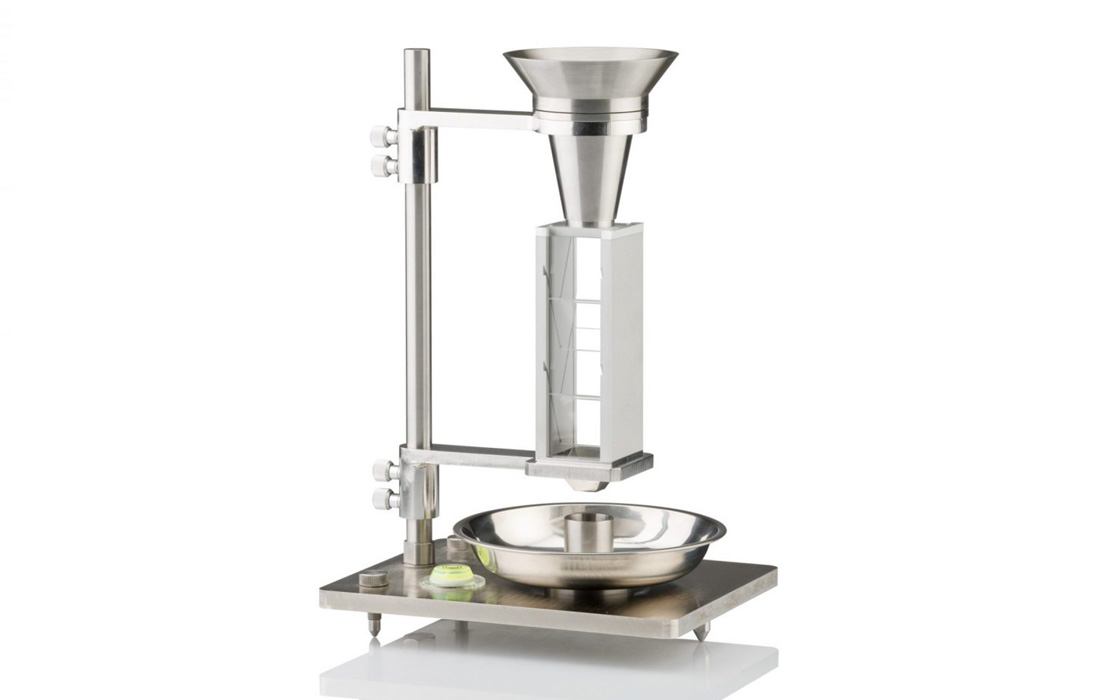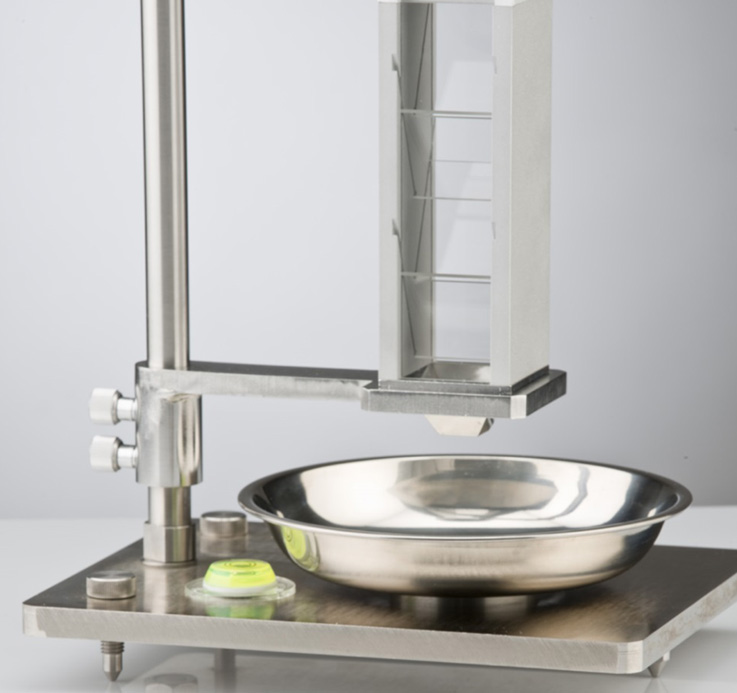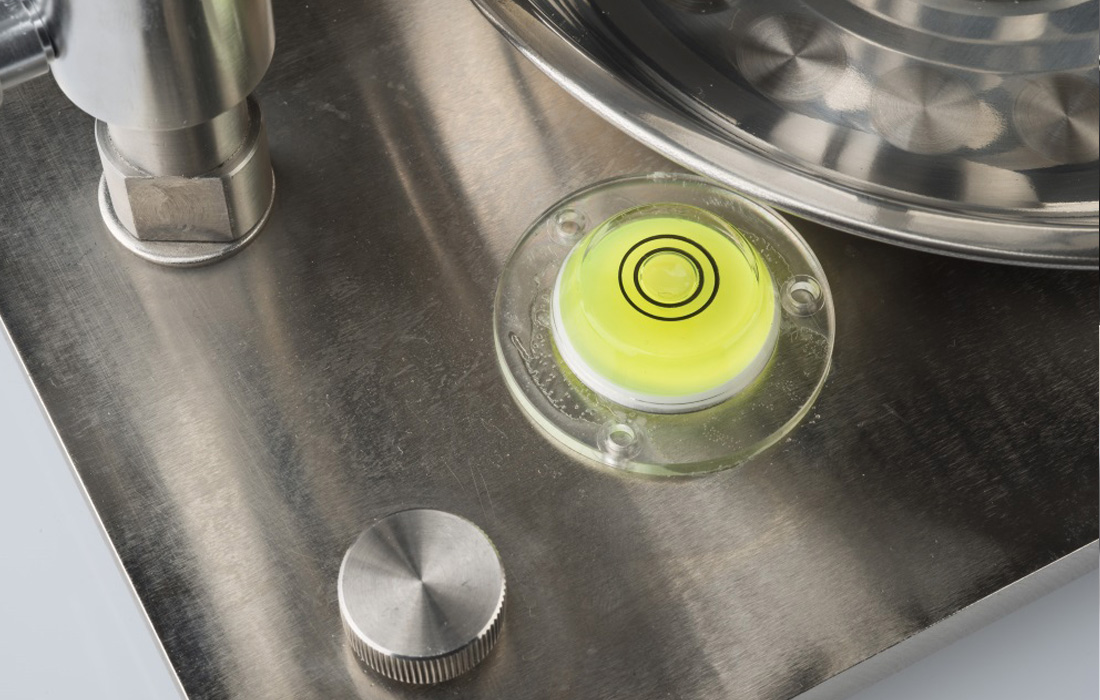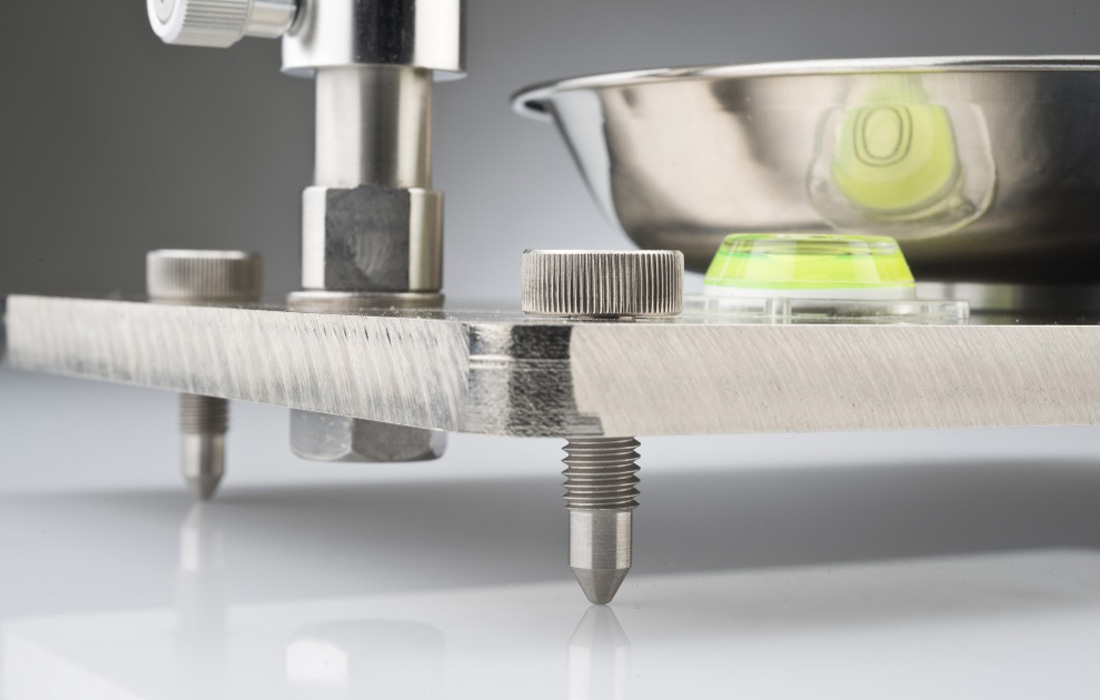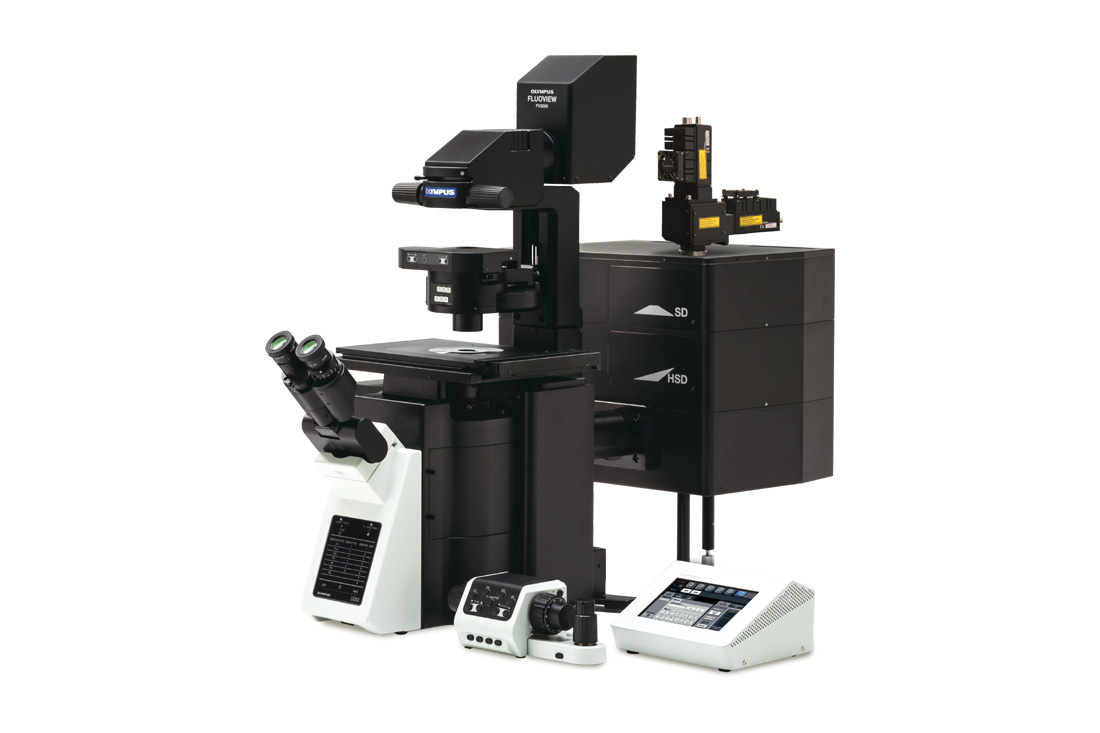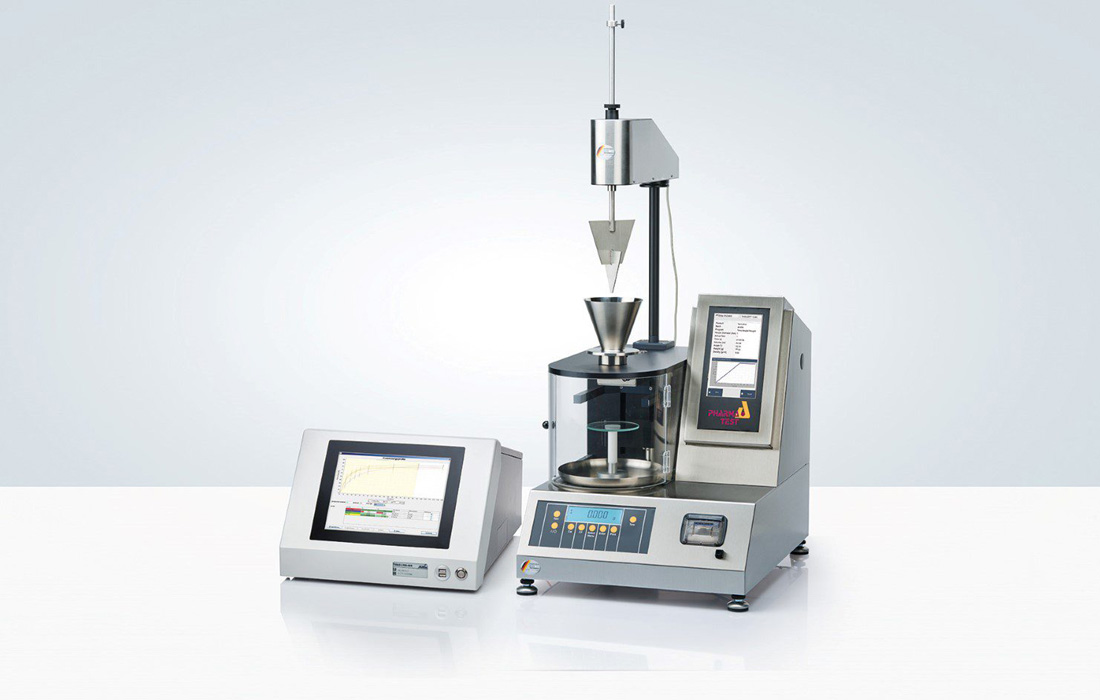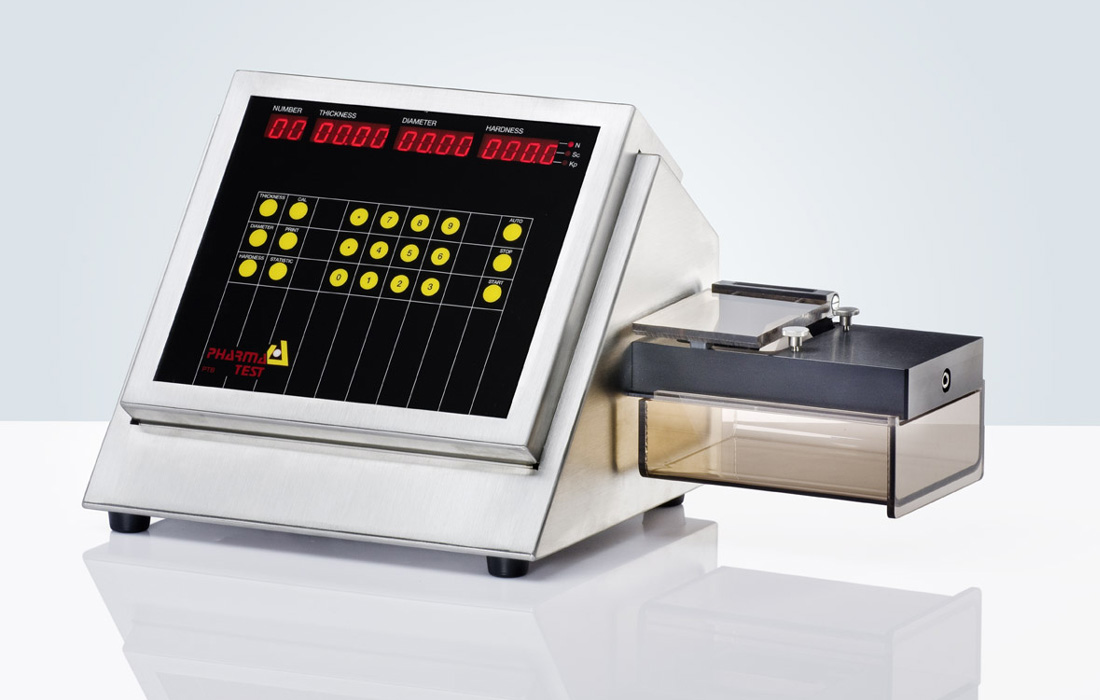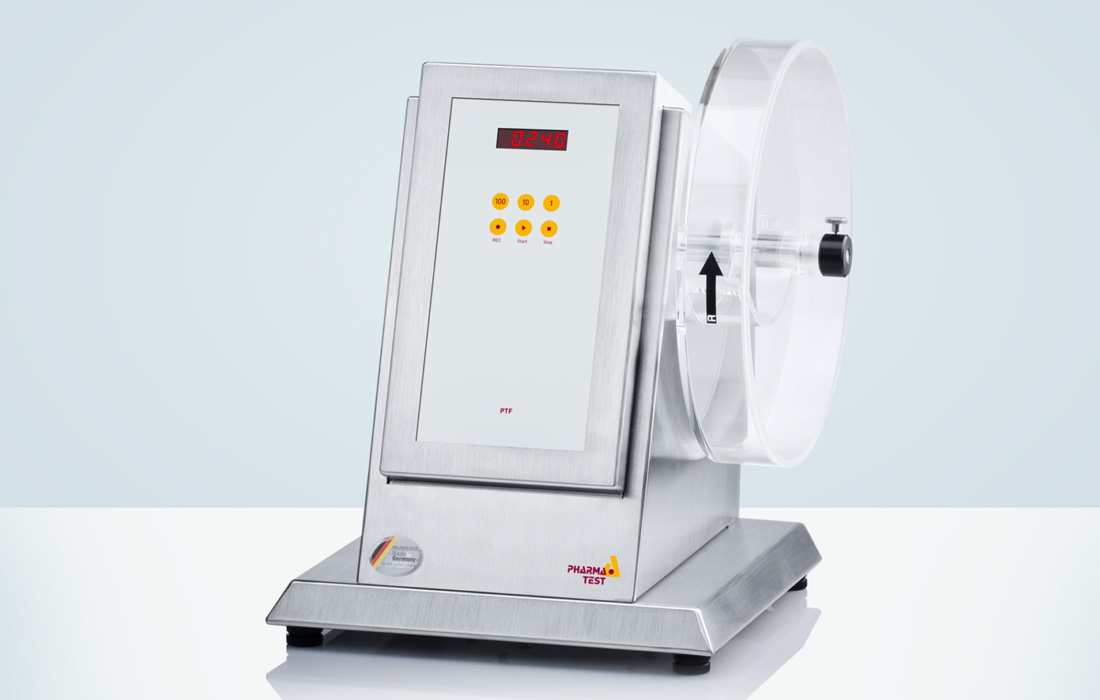PT-SV100
Scott Volumeter determines bulk density of powders
Determine Bulk Density of Powder with the PT-SV100 Scott Volumeter
The PT-SV100 is applicable to powders including metal powders, compounds, pigments, and so on that will flow freely through a suitable nozzle. A comparison of the bulk and tapped densities of powders can give an indication of the type of interaction present between the various particles building up in the powder mass and hence provide an index of powder flowability, e.g., the Hausner ratio and compressibility index.
Operating Principle
The operating principle relies on the measurement of a mass of a certain quantity of powder which fills a container of a known volume inside the PT-SV100. A loose packing condition is obtained by using the PT-SV100 and this is achieved by filling a stainless steel cup or container by cascading the powder sample over a series of inclined glass baffles within a baffle box. The ratio between the mass and the volume represents the apparent density.
The ST-SV100 is easy to use. First weigh then place the stainless steel cup onto the base of the unit. Then carefully pour the powder into the funnel at the top of the baffle box until the cup beneath overflows. Now level off the powder using a flat edge scraper. Re-weigh the cup and calculate the weight of the collected powder sample.
Setup of the PT-SV100 Instrument
The design is made from a solid stand and a horizontal, vibration free baseplate including an integrated spirit gauge to check the levelness of the instrument, a stainless steel cylindrical cup, bottom and top funnel, a baffle box, spatula and brush. A suitable balance is needed to calculate the apparent density.
Result Reporting
Usually there should be a series of at least three tests to provide a basic statistical set of results and to avoid any sample anomalies. Samples should be of a uniform nature and as such should be representatively sampled. This can be achieved by coning and quartering or by the use of suitable riffling device, either electronic or manual. When the test is finished you need to prepare a test report which should include product descriptive information such as batch number, specification, method of drying (if it has been dried).
Features
- Standard cup is fully compliant with: USP <616> Method 2, EP <2.9.34-2>, DIN ISO <3923-2> and GOST <19440-94>
- Additional optional cup for compliance with ASTM B329 available
- Applicable to powders including metal powders, compounds, pigments
- Instrument comes ready to use, only an analytical balance is needed in addition
